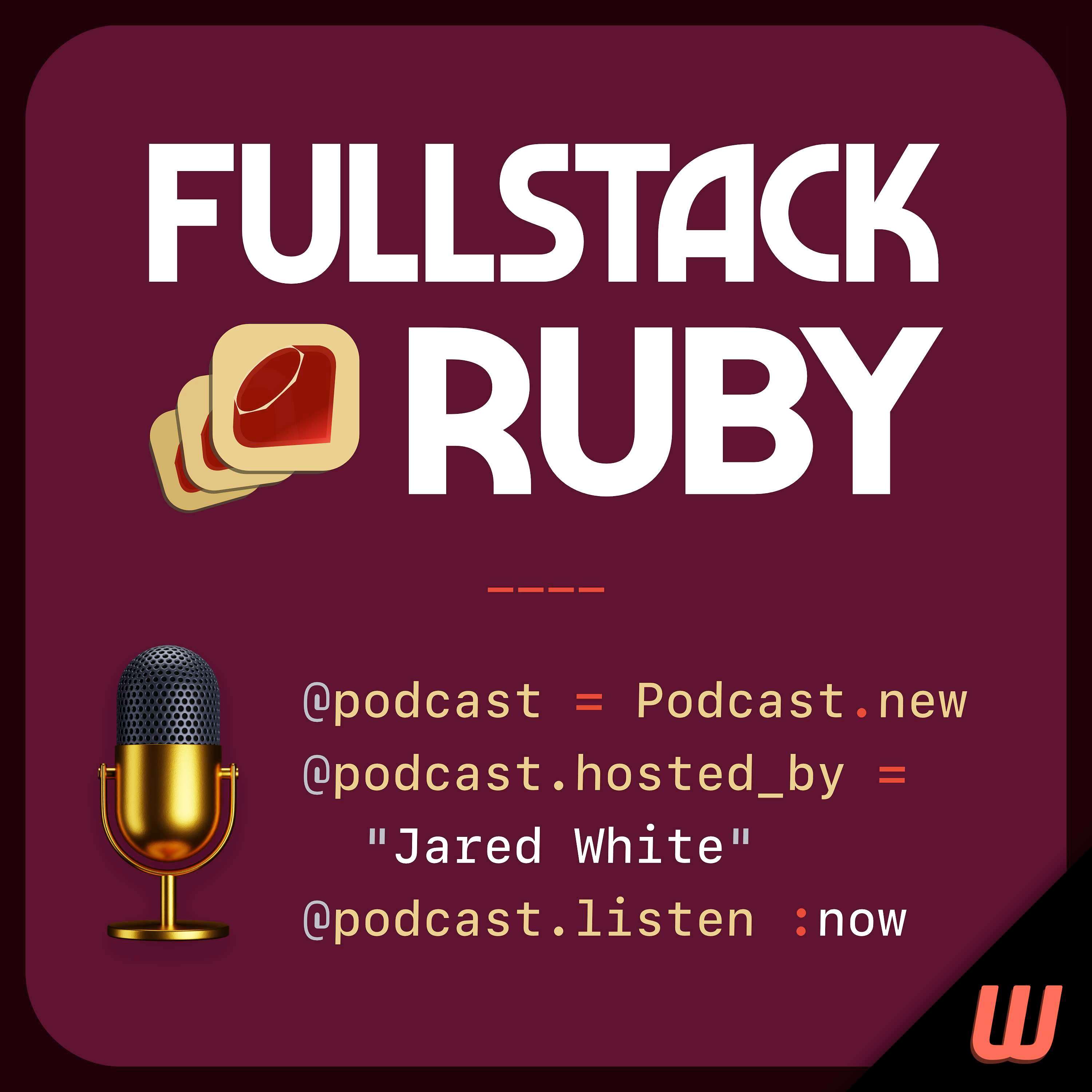Fullstack Ruby Podcast
Elevate your Ruby skills. Everywhere. Futuristic Web Dev That’s Fast and Fun! Hosted by Jared White.
A Casual Conversation with KOW (Karl Oscar Weber) on Camping, Open Source Politics, and More

This is a right humdinger of an episode of Fullstack Ruby! I got the chance to talk with Karl Oscar Weber all about the Camping web framework, as well as his Grilled Cheese livestream, working as a freelancer, and how to criticize by creating as a programmer in a world fraught with political upheaval. Great craic, as the Irish say.
Links & Show Notes
Designing Your API for Their API (Yo Dawg!)

It’s tempting to want to take the simplistic approach of writing “to the framework” or to the external API directly in the places where you need to interface with those resources, but it’s sometimes a much better approach to create your own abstraction layer. Having this layer which sits between your high-level business logic or request/response handling, and the low-level APIs you need to call, means you’ll be able to define an API which is clean and makes sense for your application…and then you can get messy down in the guts of the layer or even swap...
Ruby un Rails (and Proof of Life Update)

The rumors are true: I became a Ruby developer because of Rails. It’s probably common that folks find a tech stack or framework which offers the features and the community they desire and so learn the language undergirding that stack. Truth is, Ruby did not appeal to me at first and I resisted it! I wanted to remain a PHP developer, damnit! But the industry draw of Rails required me to learn Ruby, and I eventually fell head-over-heels in love with this language. Now I find myself at a crossroads. Do I leave Ruby be...
Preact Signals and the Signalize Gem
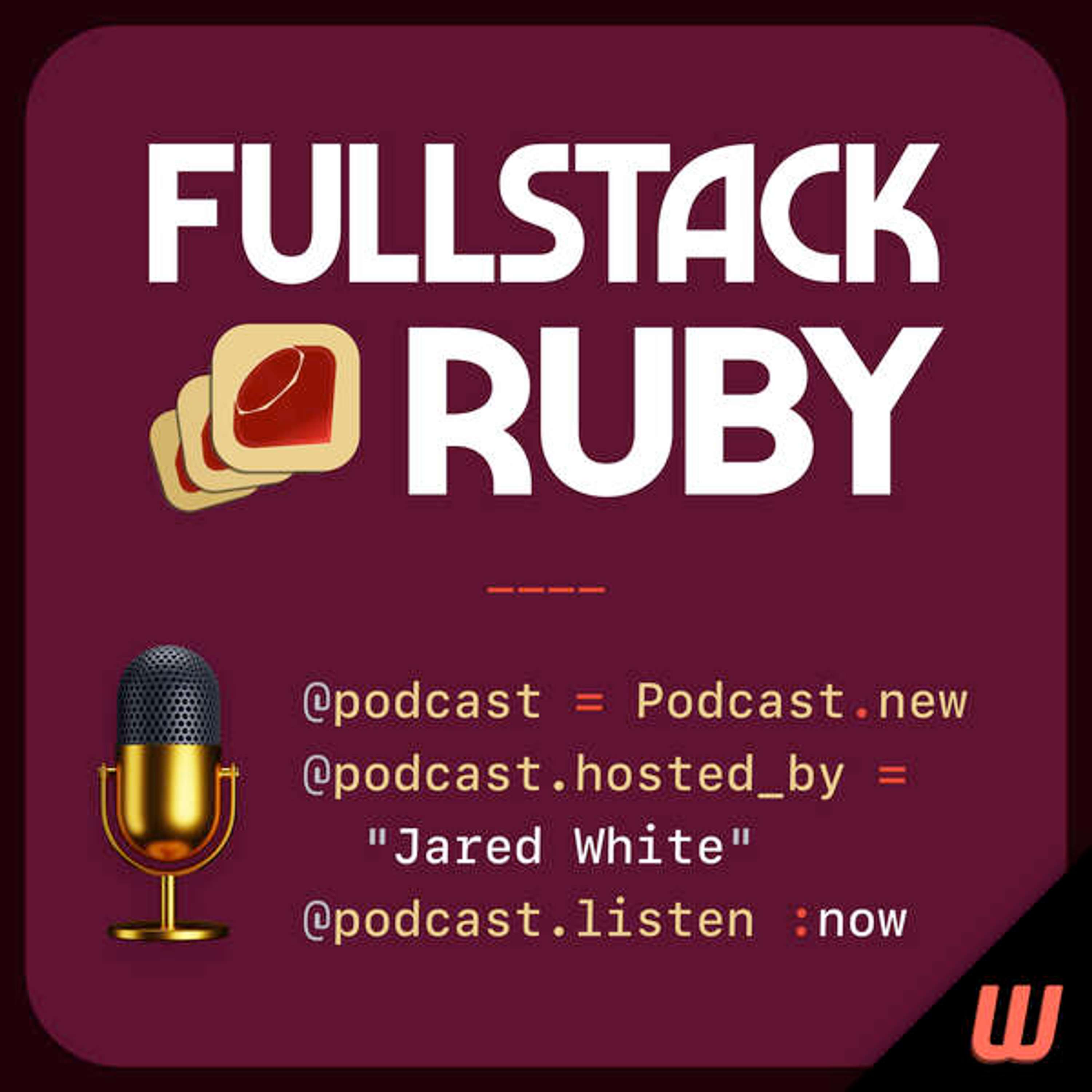
What are signals? What is find-grained reactivity? Why is everyone talking about them on the frontend these days? And what, if anything, can we apply from our newfound knowledge of signals to backend programming? Is it possible to use signals in Ruby? (Yes!) Learn all about signals, the Preact Signals library, and the new Signalize gem right here in the latest episode of Fullstack Ruby.
Links:
8: Hotwiring Multi-Platform Rails Apps with Ayush Newatia
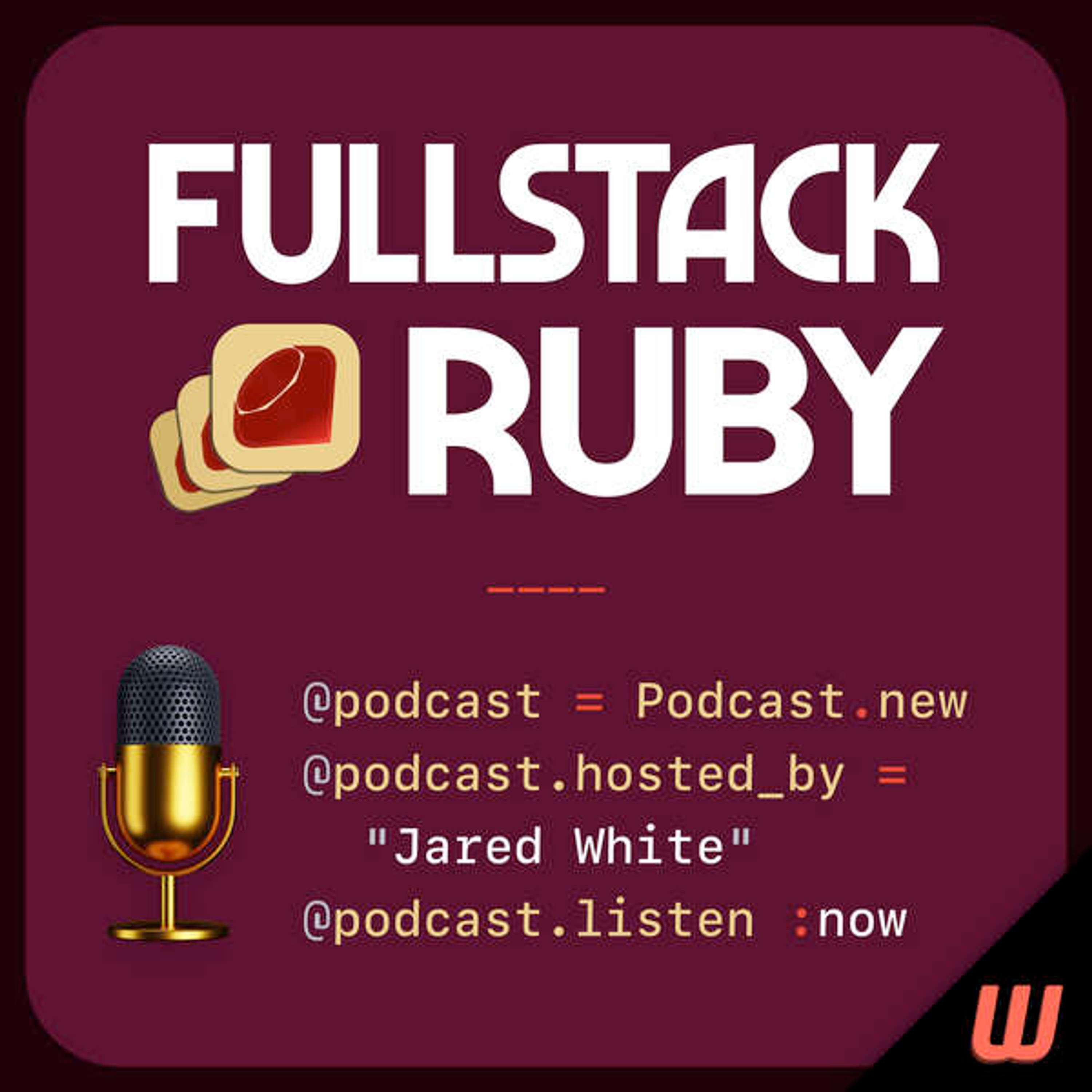
Ayush is on the core team of Bridgetown, a specialist in Ruby on Rails and Hotwire app development, and a personal friend. I'm very excited to have him on the show today to talk about all things fullstack web dev, his new book The Rails & Hotwire Codex, and why vanilla is awesome!
Links:
Become a part of the Fullstack Ruby community and learn how to put your Ruby skills to work on the backend AND the frontend. Know somebody who's a J...
7: Ruby on Wasm: Is This the Future?

Ruby can now run on Wasm! WebAssembly (abbreviated Wasm) is a binary instruction format for a stack-based virtual machine. Wasm is designed as a portable compilation target for programming languages, enabling deployment on the web for client and server applications. So…we can now run "real" Ruby in the browser, right? Yes! …and no. Caveat emptor, but nevertheless this is a very welcome development and promising technology for the future. Let's dive in.
Links:
6: How Do You Manage Ruby Application Dependencies?

Every Ruby web framework has its own way of configuring itself as well as third-party dependencies. In some cases it's largely up to you, in other cases it's clearly spelled out. There may or may not also be some "magic" involved in requiring gems added to a Gemfile. As a maintainer of Bridgetown, I'm currently working through all these issues as I ready the next major release which will feature a brand-new initialization system. Listen to the show to hear a rundown of some of the configuration setups out there and what we've chosen to focus on for Bridgetown!<...
5: Optimized for Programmer Happiness
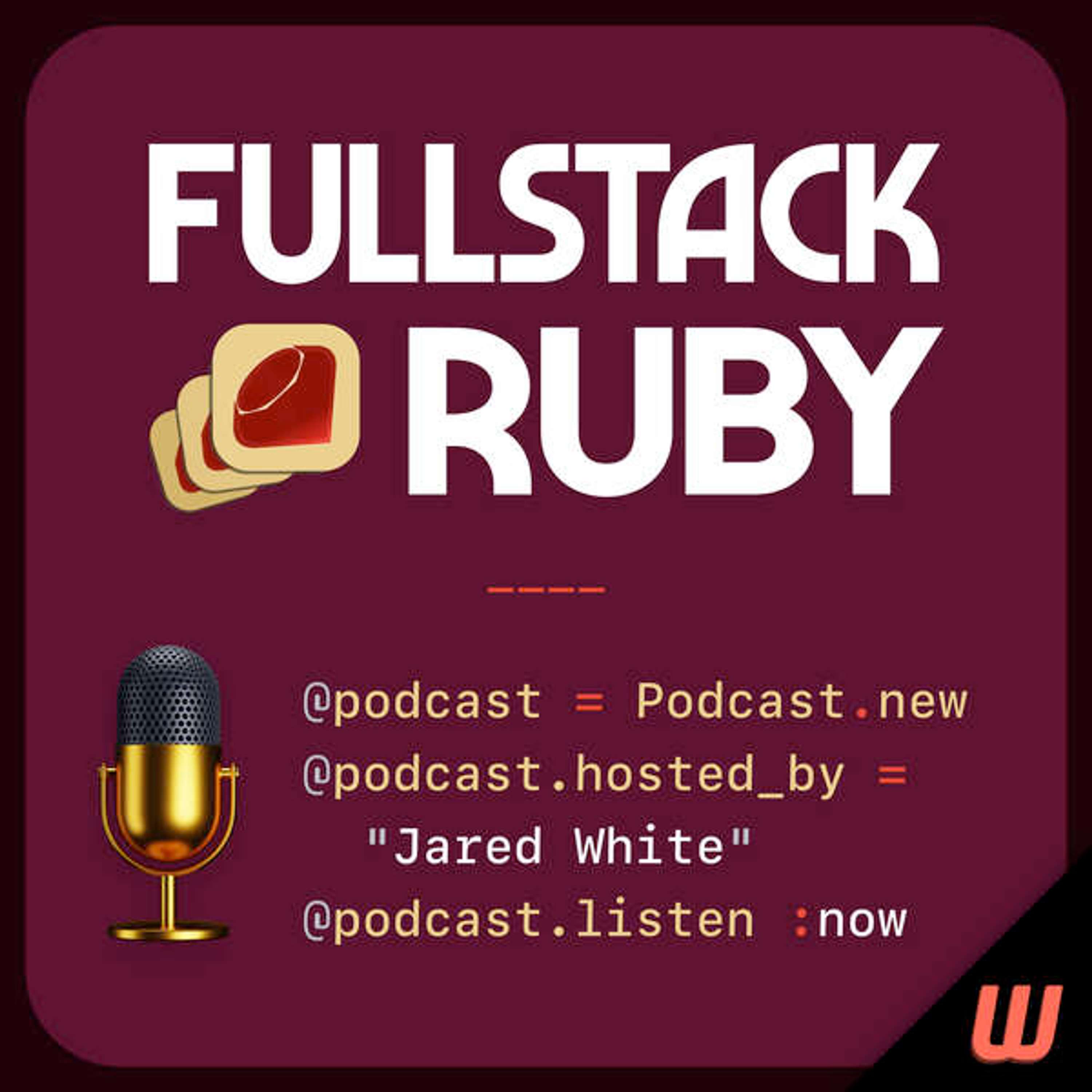
Ruby is optimized for programmer happiness. What does that even mean? Which programmer? Whose happiness? What if you use Ruby and aren't happy? Does that mean Ruby failed?
All this and much more to be covered in today's episode—not a deep dive into a technical topic, but a deep dive into the philosophy of programming, the "Ruby way", OOP, the dangers of monocultures, and the need to recognize implicit biases when engaging in technology debates.
Links:
Become a part of the Fullstack Ruby co...
4: Design Patterns on the Frontend, History of MVVM, Web Components, and You
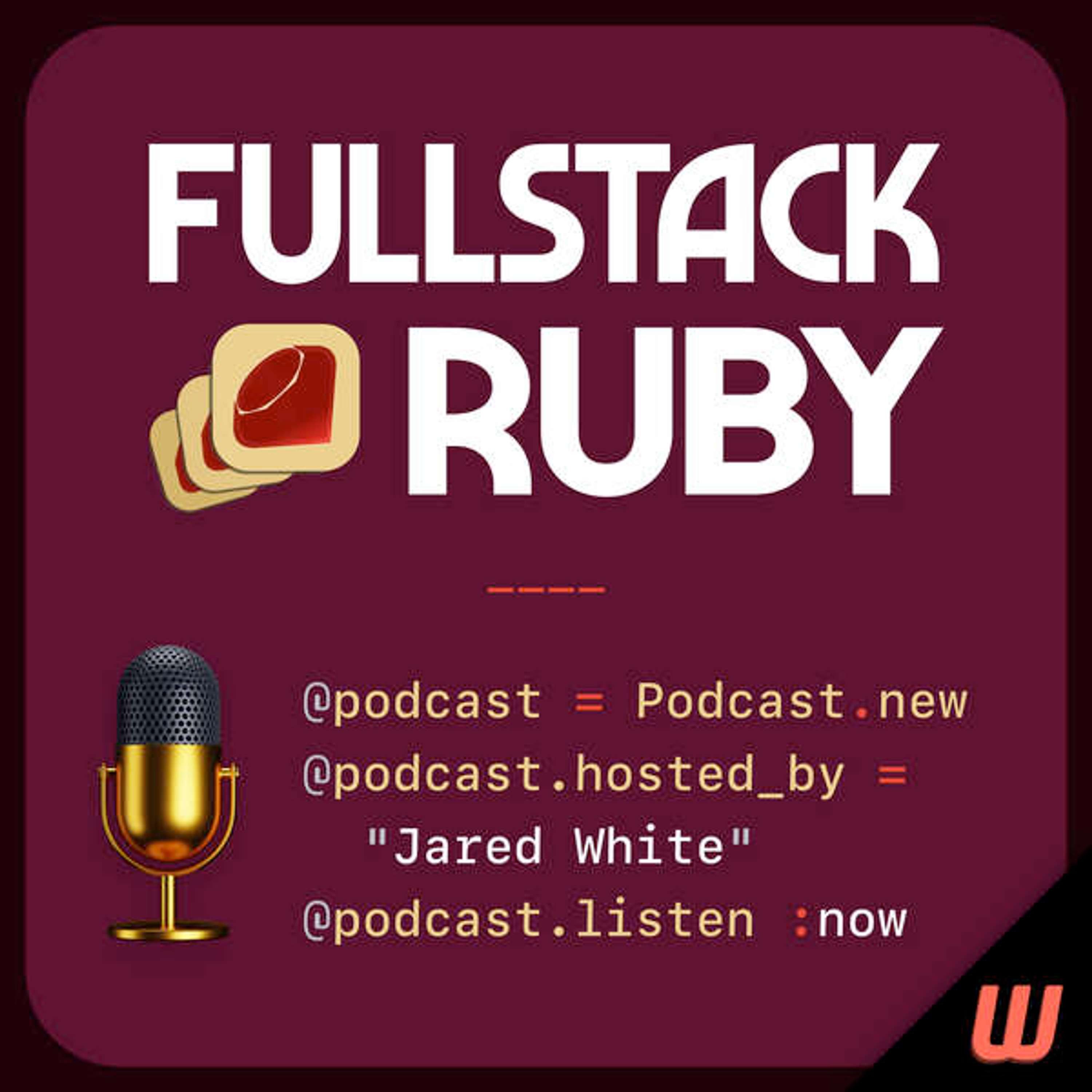
Design patterns on the frontend: this is a subject far too little discussed from what I can tell, yet with a fundamental awareness and regular usage of design patterns, you can dramatically uplevel your frontend code. Rubyists in particular will have a major leg up here over devs coming from communities which are more FP (functional programming) in nature, because the view layer of the web is inherently object-oriented.
Ruby developers are well-trained in the ways of object-oriented programming and using design patterns. This is probably why many Rubyists instinctively look askance at certain modern paradigms of...
3: String-Based Templates vs. DSLs: the Pros & Cons of Each
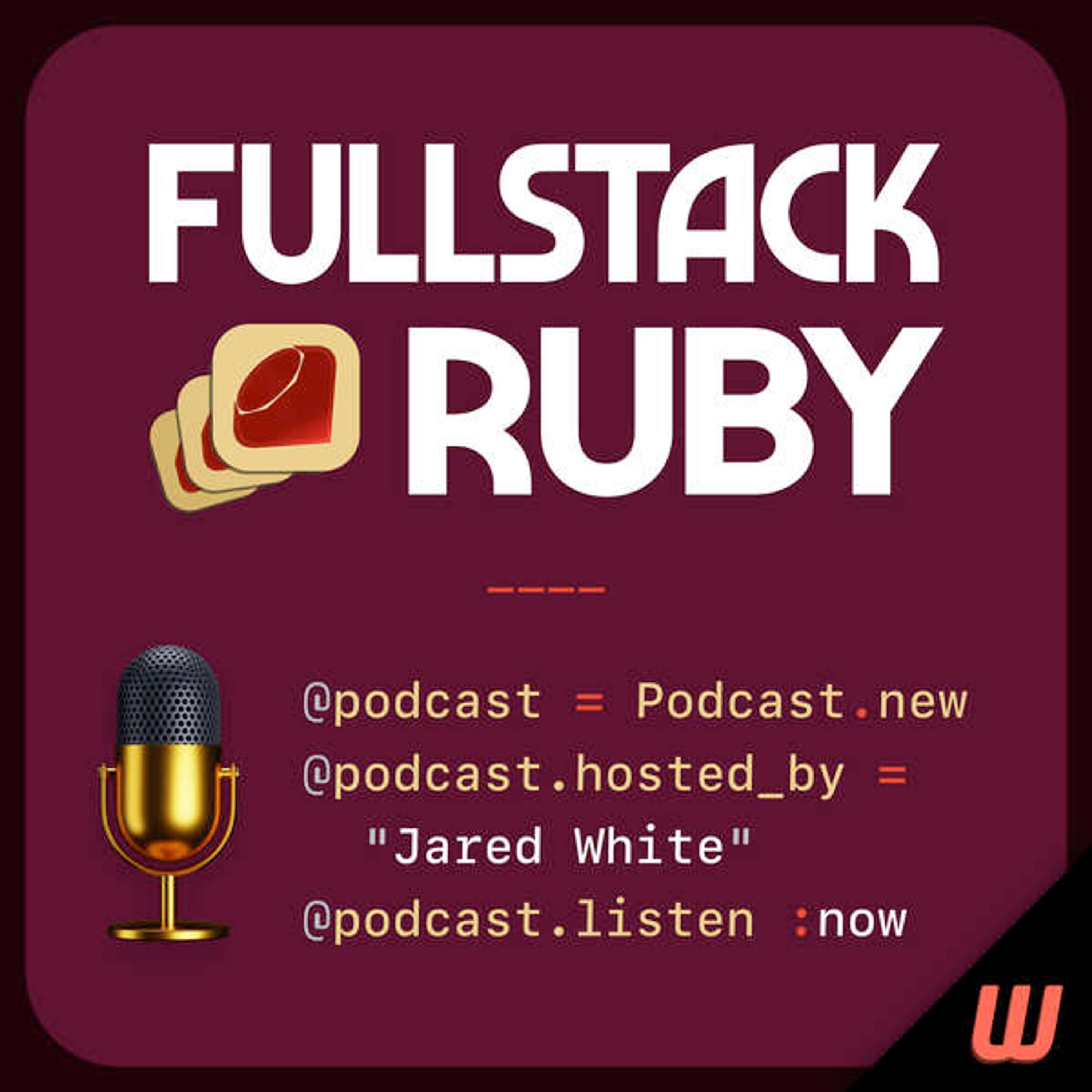
Typically when you mention "Ruby" and "template" in the same breath, people will think of ERB. Perhaps even Haml. But did you know that the Ruby ecosystem offers a wide variety of template engines, and quite a few are built upon pure Ruby? In this episode, I break down the main conceptual difference between "string-based templates" such as ERB and "DSLs" such as Papercraft, the various options within each category, and some of the reasons you might want to choose one approach or another depending on your use case. Enjoy!
Links:
2: Componentized View Architecture FTW!
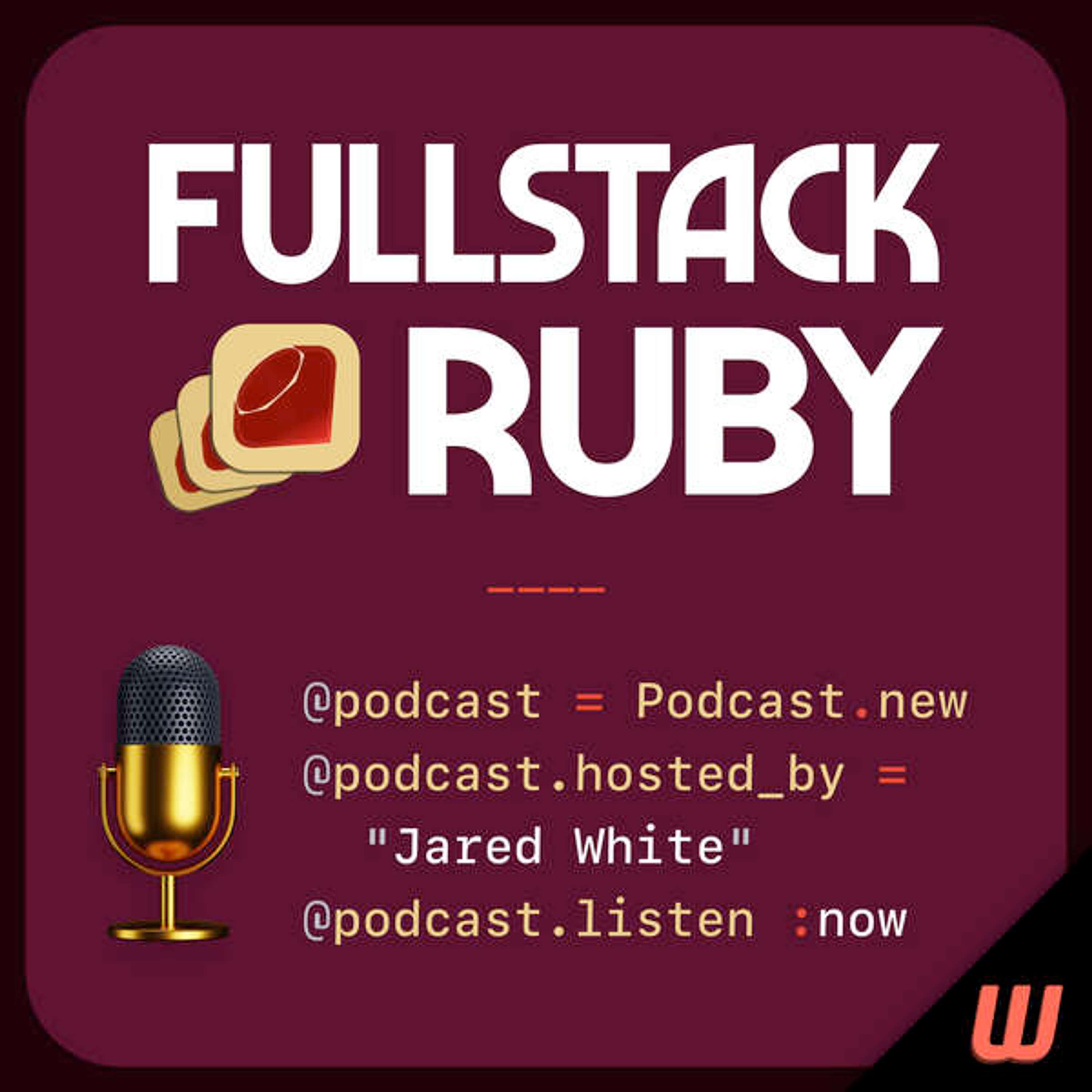
There are no full stack engineers?! Let's talk about that. Also, just what is a componentized view architecture anyway? What are components? For that matter, what are templates? What are partials? I break it all down and explain why I'm gung-ho about view components. Plus I answer questions regarding Stimulus, nice_partials, and other Rails tooling from listeners like YOU! Enjoy, and keep on Ruby-ing!
Become a part of the Fullstack Ruby community and learn how to put your Ruby skills to work on the backend AND the frontend. Know somebody who's a JavaScript developer but is...
1: Why Ruby2JS is a Game Changer

Hey everybody, I’m so glad you could tune in for the debut episode of Fullstack Ruby. I’ve been on a few Ruby-themed podcasts over the past 18 months, but this is the first time I’m running a show about Ruby myself!
To kick things off, I'd like to introduce you to Ruby2JS and explain why I think this technology is a game changer.
Ruby2JS isn’t simply about an attempt to write what appears to be Ruby code for your website frontend. It’s really about writing JavaScript—AS IF JavaScript had Ruby's s...
